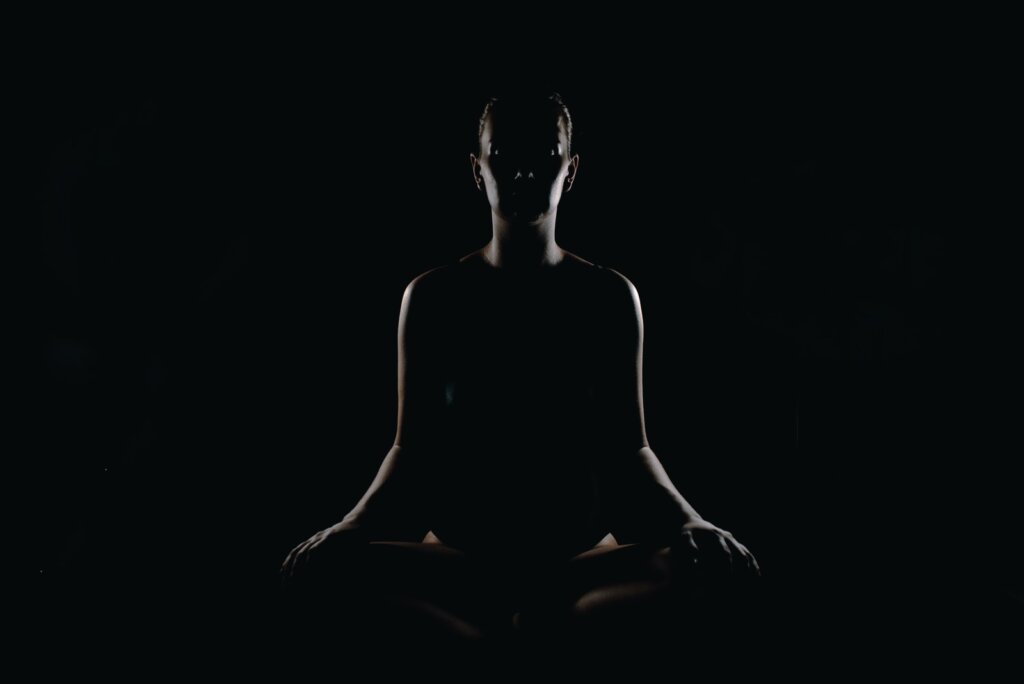
Another ancient religious practice from India, Ashtanga Yoga, was taught by Pattabhi Jois, a former student of Tirumalai Krishnamacharya, a teacher who lived more than a century ago. This yoga classification’s sequences are largely based on the book Makaranda. This ancient spiritual approach is a high-energy workout that was initially designed for adolescent boys. However, times have changed and it is now done by people of all ages.
The term Ashtanga yoga refers to the eight limbs of yoga, which are:
- Yama (which are moral codes)
- Niyama (which is based on study and self-purification)
- Asana (which is a posture)
- Pranayama (which is controlled breathing)
- Pratyahara (which is sense control)
- Dharana (which is concentration)
- Dhyana (which is meditation)and
- Samadhi (which is contemplation)

The first four limbs that represent Ashtanga Yoga are – yama, niyama, Asana and the Pranayama. These are considered cleansing practices which are externally correctable. The other set of limbs which are the – pratyahara, dhyana, dharana are the internal practies.
These limbs can only be corrected by the proper application of the Ashtanga Yoga method. This type of yoga method is quite dangerous to the mind.
Yama is made up of five parts: aparigraha (non-covetousness), brahmacharya (celibacy), asteya (not robbing), satya (honesty), and ahimsa (no harm) (non- violenece).
Asana is a position that focuses on releasing tensions.
Pratyahara provides internal strength by removing various types of interruptions that contribute to the production of will-power.
Dharana starts with concentration and progresses through meditation to samadhi.
Samadhi is hampered by four impediments: abhinivesha (love of the world), asmita (egoism), avidya (ignorance), and raga-dvesha (all likes and dislikes).
Dhyana considers material dependence, gluttony, slothfulness, and subtle yearnings to be obstacles.
You can read about other types of yoga here-







